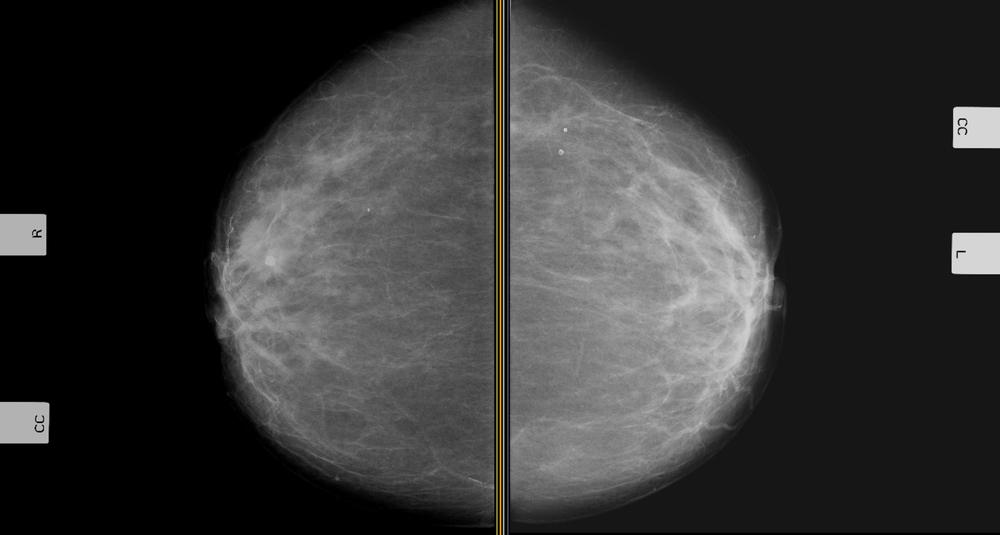
What is being tested?
Cancer antigen 15-3 (CA 15-3) is a normal product of breast cells. Levels of CA 15-3 are often increased in breast cancer. CA 15-3 does not cause cancer; rather, it is a protein that is shed by the tumour cells, making it useful as a marker to follow the course of the cancer.
CA 15-3 is elevated in about 30% of women with localised breast cancer and in about 75% of those with breast cancer that has metastasised (spread to other organs). CA 15-3 also may be elevated in healthy people and in individuals with other cancers, or diseases, such as bowel cancer, lung cancer, cirrhosis, hepatitis, and benign breast disease.
How is it used?
CA 15-3 is used as a tumour marker to monitor a patient’s response to breast cancer treatment and to watch for breast cancer recurrence.
CA 15-3 is sometimes also used to give a doctor additional information about where the cancer may have spread (such as into the bones or the liver) and a general sense of how much cancer may be present.
When is it requested?
CA 15-3 may be requested along with other tests, such as oestrogen and progesterone receptors, Her2/neu, and BRCA-1 and BRCA-2 genetic testing, when advanced breast cancer is first diagnosed to help determine cancer characteristics and treatment options.
If CA 15-3 is elevated, then it may be used to monitor treatment and, if repeated on a regular basis, to detect recurrence. CA 15-3 is not always measured when breast cancer is detected early, before it has metastasised, because levels will not be elevated in the majority of early cancers.
What does the result mean?
In general, the higher the CA 15-3 level the more advanced the breast cancer and the larger the amount of tumour present. The level tends to increase as the cancer grows. In metastatic breast cancer (cancer that has spread to other organs), the highest levels of CA 15-3 are often seen when the cancer has spread to the bones and/or the liver.
Mild to moderate elevations of CA 15-3 also are seen in a variety of other conditions, including liver and pancreatic cancer, cirrhosis, and benign breast disorders as well as in a certain percentage of apparently healthy individuals. The CA 15-3 elevations seen in these non-cancerous conditions tend to be stable over time.
Negative CA 15-3 levels cannot be used to confirm the absence of cancer in a patient. In addition, 25% to 30% of individuals with advanced breast cancer have tumours that do not produce CA 15-3.
Is there anything else I should know?
Levels of CA 15-3 are not usually taken immediately after breast cancer treatment begins because there have been instances of temporary increases in CA 15-3 that do not match with the patient’s progress. Your doctor may wait a few weeks after starting treatment to begin monitoring CA 15-3 levels.
Common questions
CA 15-3 is not recommended as a screening tool to detect early breast cancer. Increases in CA 15-3 may be due to other causes, and negative results do not accurately predict the absence of cancer. It should only be used after breast cancer has been diagnosed.
There is nothing you can do directly to lower your CA 15-3 level. It is not a risk factor like cholesterol that can be lowered through dietary restrictions and exercise. It is a reflection of what is going on in your body. CA 15-3 may rise with tumour growth and fall with treatment, or it may be mildly elevated and stable in a benign condition.
What is Pathology Tests Explained?
Pathology Tests Explained (PTEx) is a not-for profit group managed by a consortium of Australasian medical and scientific organisations.
With up-to-date, evidence-based information about pathology tests it is a leading trusted source for consumers.
Information is prepared and reviewed by practising pathologists and scientists and is entirely free of any commercial influence.